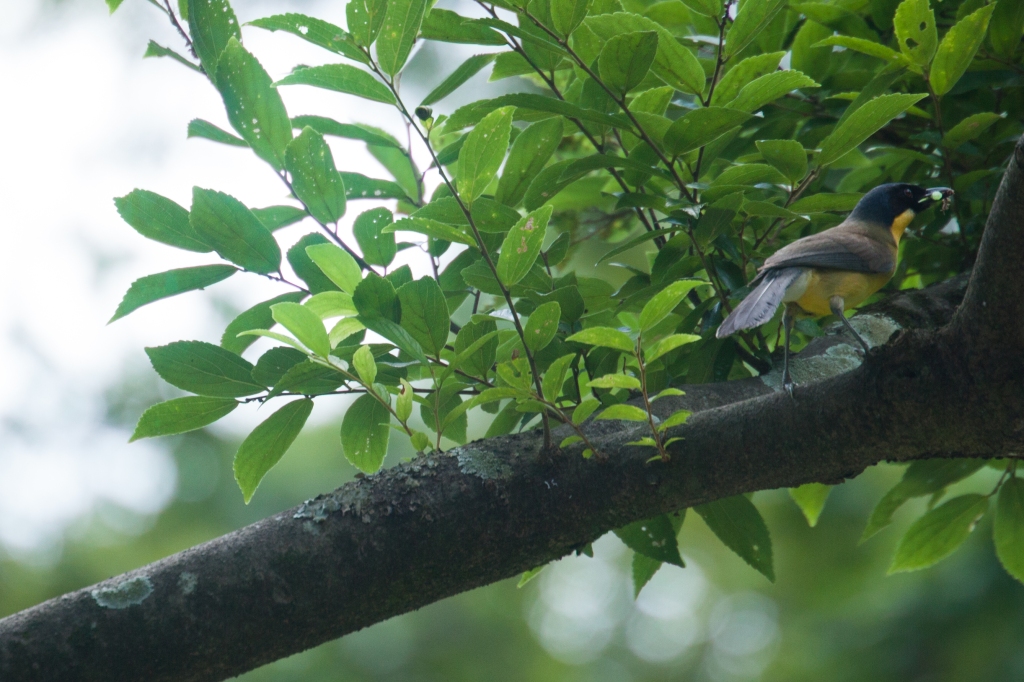
By Rosalind Gleave, Sarah Papworth, David Bauman, Steven Portugal, Weiwei Zhang, Yikang Liu, Zhiming Cao, Xiaojin Chen, and Samuel Turvey.
This Plain Language summary is published in advance of the paper discussed; check back soon for a link to the full paper.
The Blue-crowned Laughingthrush of south-east China is both vanishingly rare and a complete puzzle. Only found in a single small region, and with a tiny population, nobody has yet deduced why that’s the case. Techniques such as habitat surveys and behavioural studies have only told us so much, so instead we went to talk to the very people who live alongside the bird: local villagers.
Travelling around 39 villages spread over four counties, we spoke to 519 local people about different birds they recognised and how their local landscape had changed over their lives. For those who recognised the Blue-crowned Laughingthrush, we also asked details of their last encounter with the birds. On top of this, we asked about potentially sensitive topics on bird catching and killing.
Some of what we found was expected: people saw Blue-crowned Laughingthrush more often during the breeding season (when they can be highly visible around villages), and recognition was moderate but patchy. We also found Blue-crowned Laughingthrush were less likely to be found breeding in areas with no reported large old trees, more vegetable gardens or less bush and scrub habitat, and less likely to be seen where there was no tea plantation.
However, some of what we found was a surprise. Two villages said they’d had breeding birds there, although we had no previous records of this. Also, more worryingly, some villagers said people came from nearby towns and cities to trap Blue-crowned Laughingthrush.
What does this mean for our bird? Well, the information on trapping is highly important, and will need further investigation. The information on other breeding sites is intriguing, and points to the possibility for further overlooked breeding sites out there, waiting to be rediscovered, and hopefully protected. Altogether, it shows collecting this type of data can be useful for conserving songbirds. And while we still don’t have all the details, a little more of the puzzle has now been solved.